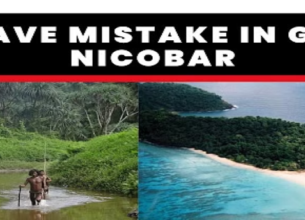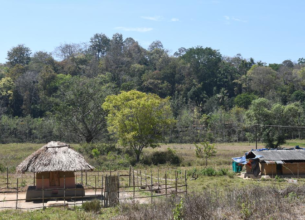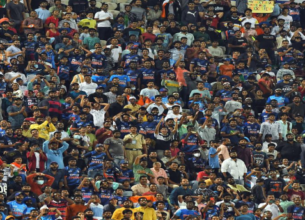Not a pipe dream
15, Feb 2023

Prelims level : Governance
Mains level : GS-II Governance - Government policies and interventions.
Why in News?
- Increased budget outlay for Jal Jeevan Mission.
Highlights:
- The aim of Jal Jeevan Mission (JJM) is to provide functional piped water to every rural household by 2024.
- A fully functional tap water connection means a household gets at least 55 litres of potable water per capita per day throughout the year.
- The Budget 2023-24 has allotted approximately ₹69684 crores for the scheme. It is a 27% increase as compared to the revised estimates of 2022 (₹54808 crores).
- However, it is argued that out of the targeted 19.3 crore rural households, only 3.2 crores had piped water in August 2019.
- And the JJM dashboard on the official website of the Ministry of Jal Shakti shows that around 11 crore households (57% of the targeted beneficiaries) have access to tap water (as on February 2023).
- With just 12 months remaining, it would be difficult to ensure that the remaining 47% is also covered.
The state-wise details of the scheme:
- The states which have reported 100% coverage of eligible households with piped water are Goa, Gujarat, Haryana, and Telangana.
- Punjab and Himachal Pradesh have coverage of nearly 97%.
- Apart from the above, only 10 more states have reached 60% coverage.
- Large and populous states like Uttar Pradesh and Rajasthan have reported only 30% coverage. Madhya Pradesh has covered around 47% of the targeted beneficiaries.
Associated Concerns:
- It is suggested that despite having a tap connection, village households depend on their local groundwater resources because of the inadequate quality of supplied tap water.
- According to a sample survey of nearly 3 lakh eligible households (commissioned by the Ministry of Water Resources) only three-fourths reported that water was provided seven days a week.
- It was also found that on average water was supplied for only three hours a day.
- More than 90% of institutions (Anganwadis and schools) reported access to tap water. However, many of them complained about the high levels of chlorine apart from bacterial contamination.
- It is also found that the current statistics are based on self-reporting and not certified by a third party.
- Some states like Bihar have highlighted that most of their connections were provided through state funds instead of JJM.
Way Ahead:
- Instead of aiming for a numerical target, the government should focus on ensuring the quality and consistency of tap water adoption in rural areas.
- Moreover, the Centre should also help states with the lowest adoption and largest population, instead of focusing on states that are close to the finishing line.










